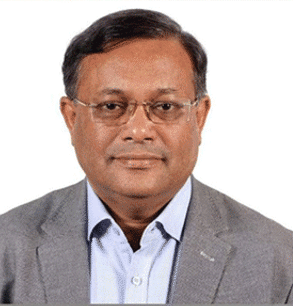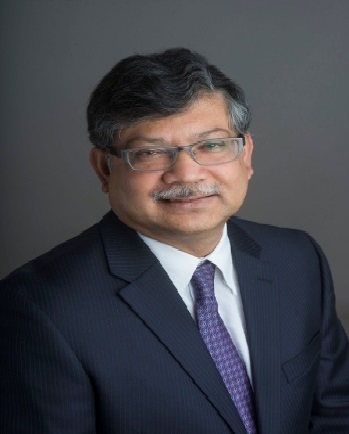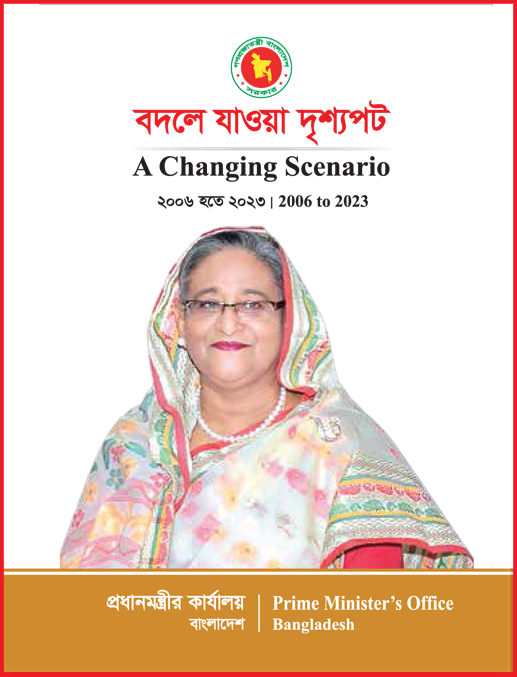Virtual Horasis Extraordinary Meeting: Remark by Hon’ble State Minister for Foreign Affairs Md. Shahriar Alam
Honourable Chair
Distinguished speakers of today’s Extra Ordinary Meeting
Excellencies
It is forenoon in Dhaka. I would like to wish Good Morningto Everybody.
I thank the organizers of today’s webinar for giving me an opportunity to listen to resource persons who are among accomplished policy makers and thought leaders on their own right. I am also happy to represent the South Asian sub-region in front of this august audience and dwell on particularly our region’s potentials.
Every fourth person of this planet is a South Asian. This region-comprising eight countries-accounts for 2 percent of the global GDP and 40 percent of the world’s poorest people. The region’s economic outlook turned further grim when it was affected by COVID-19. According to the World Bank estimates, GDP in the region is projected to contract by 2.7 percent in 2020 because pandemic mitigation measures hinder consumption and services activity and uncertainty about the spell of the pandemic cuts down private investment. Strikingly, as some of you might already know, Bangladesh registered 5.2% GDP growth rate in 2.19-20 FY despite bleak projections.
The South Asian region attained consistent economic growth in the last three decades. However, the fact remains that this region is still not as integrated as the potentials would suggest. Trade and investment volume of almost all the SAARC Member States have multiplied manifolds in the last few decades. Nevertheless, in terms of intra-regional flow of goods and capitals a lot is still left to be expected. Our next generation of activities and initiatives, in fact, need to be directed towards the elimination of barriers standing in the way of people to people connectivity and greater regional connectivity.
We must acknowledge that South Asia’s potentials to grow are enormous. The journey is still bumpy. The region faces an uphill task of sustainable development, a significant component of which could best be addressed through a successful intermingling with the rest of the world. The South Asian leadership took a lot of important decisions in the past which need successful implementation. The regional countries successfully mobilized CORONA Emergency Fund, to cite a very recent example, which lifted confidence of the SAARC Member States.
Established in 1985, the regional organization, SAARC leaves a lot to expect in terms of integrating the region. The SAARC Motor Vehicle Agreement was supposed to be signed during the 18th SAARC summit held in Kathmandu in November 2014. It could not be signed due to opposition from one particular Member State. The Bangladesh, Bhutan, India, Nepal (BBIN) Motor Vehicles Agreement was signed in June 2015 which is expected to promote safe and environmentally sound road transportation in the sub-region. The people of the four countries will benefit through seamless movement of goods and passengers across borders.
Since 2014, South Asia has been the fastest growing sub-region in the world, with its eight economies collectively boasting average annual growth of 7.0%. This is higher even than East Asia (6.2%), which includes China; Southeast Asia (4.9%); and the Pacific (4.7%). It is our realization that to carry on this impressive track record beyond the next couple of years will require further reforms and investments.
Strong growth in South Asia has been largely driven by the performance of Bangladesh and India, with growth averaging above 7% in the past five years. Domestic demand in terms of consumption and investment has been strong. Major reforms and measures to make it easier to do business across South Asia have helped promote private investment. In the next two years, for example, Bangladesh is projected to grow by 8%.
According to ADB sources, among the relatively smaller economies of South Asia, economic performance has been more varied. Bhutan and Maldives grew by more than 6%, while Nepal, after Afghanistan, grew a little below 5% on average from 2014 to 2018 due to the earthquake in 2015. But sustained by domestic demand and public infrastructure spending, these three countries are set to grow at around 6.5% in the next two years.
I would like to point out three basic strengths of the South Asian sub-region which we need to be collectively capitalized for a better tomorrow:
Firstly, Development Vision,The Government of Bangladesh under the leadership of Hon’ble Prime Minister Sheikh Hasina has undertaken a development vision to transform Bangladesh into a developing country by 2021, a developed country by 2041 and a prosperous delta by 2100. Other South Asian countries are implementing similar programmes: we know of Bhutan’s five year plan and Nepal’s special drive to attract FDI. We need to formulate public policies and re-align resources so that the Development Visions could be implemented without much hindrance.
Secondly, Diversification of the Economy, Though Bangladesh has attained food self-sufficiency it has succeeded to shift a significant chunk of surplus labour from agriculture to the service sector of the economy. We have developed 100 Special Economic Zones which render One Stop Services to the Investors. We have a very liberal investment regime and our universities produce a vast pool of English speaking IT literate graduates. We are also developing Hi-tech parks and incubation centres. The burgeoning IT sector is expected to offer employment opportunities to millions of youth who enter the job market round the year. Such diversification is a common feature of the South Asian economies which helps absorb any major shock. In another decade we can expect a structural shift in most of the South Asian region.
Thirdly, Huge Internal Market, This is an obvious advantage of the South Asian economies. However, the region is yet to take full advantage of its geographical contiguity and togetherness. Because of the huge internal demand, the region can remain relatively stable vis-à-vis global economic and political setbacks and uncertainties. South Asia is also flanked by China and the ASEAN region with which the trade and investment ties are flourishing.
Continued annual growth of 7% will double the size of South Asian economies in the next decade. This will help significantly cut down poverty of more than 200 million people living below the poverty line of $1.9 per day per capita, (still unfortunately the largest in the world). To hold on to the momentum and remain the fastest growing sub-region of the world, South Asian public and private institutions must deliver better. It needs to continue economic reforms, maintain macroeconomic stability, and foster greater cooperation and integration among neighbours.
Despite encouraging signs South Asia cannot remain complacent. To retain growth, the regional countries have to implement pre-declared reform measures and launch a new wave of structural reform, particularly in all factors of production such as land, labour and capital. These are urgent in attracting investment and expanding the economy’s base. Trade and investment regimes should encourage the economic agents to participate in global production and manufacturing networks which is critical in elevating the region’s economic standing at a time when the global trading regime is turning increasingly competitive.
Distinguished participants,
I would like to conclude by mentioning here that regional cooperation is one of the top foreign policy priorities of the Government of Bangladesh since we firmly believe that it is essential that all the countries of the region develop together for long term stability and sustainable development of this region. To this end, from its earliest days, Bangladesh has mooted that we must focus on the countries of South Asia, sub-regionally, as in BBIN or regionally as in SAARC and BIMSTEC and harness all available synergies and vast potentials of this region for mutual benefit.
I thank you all for your kind attention.













